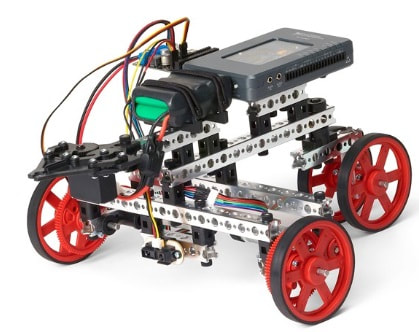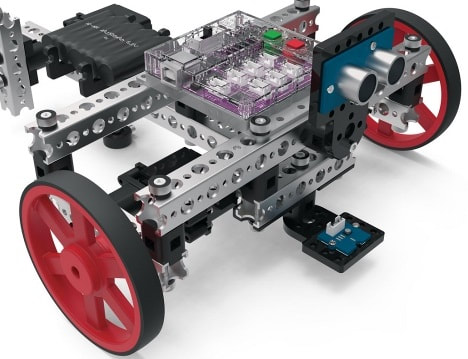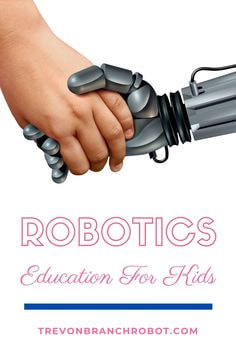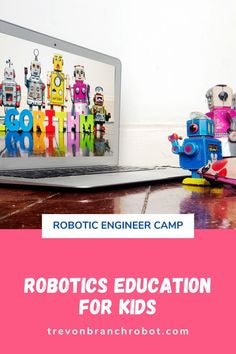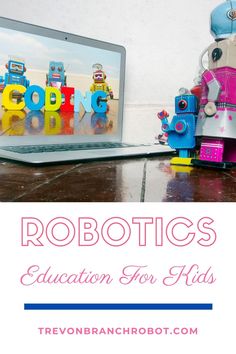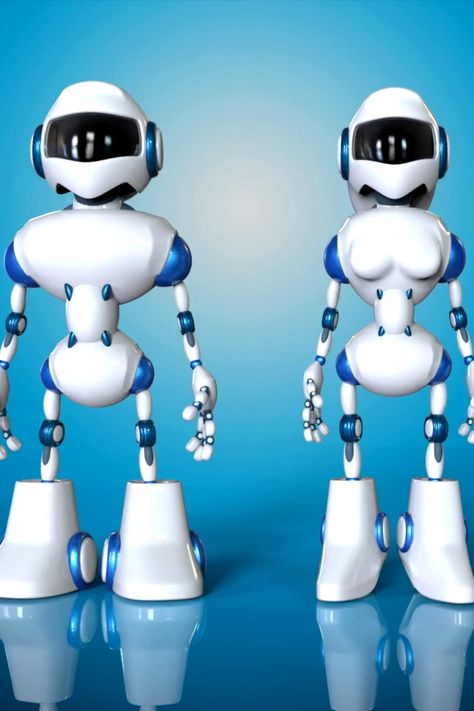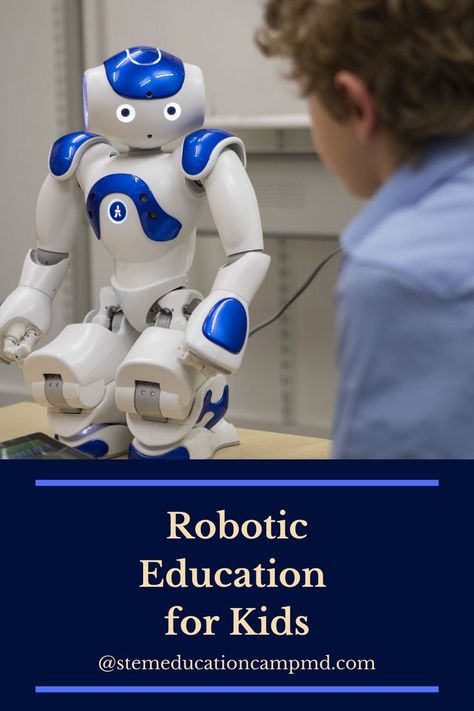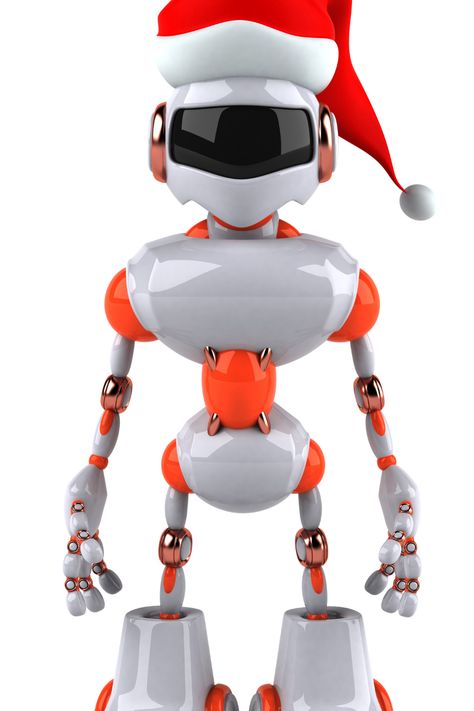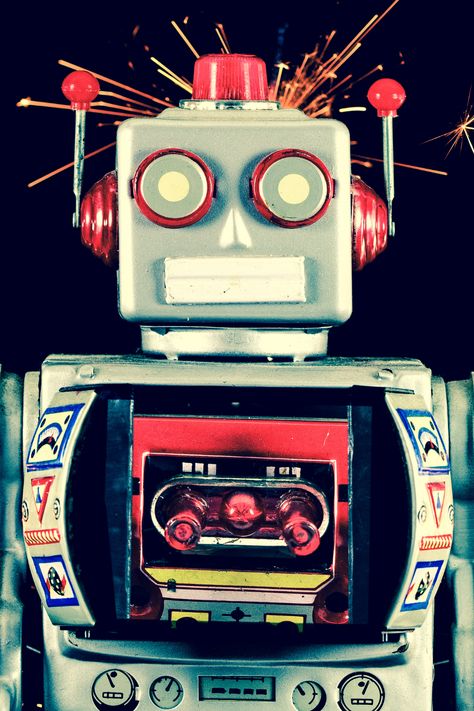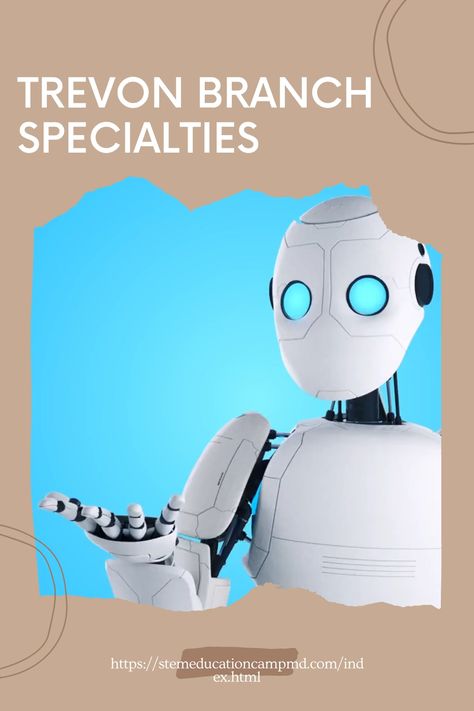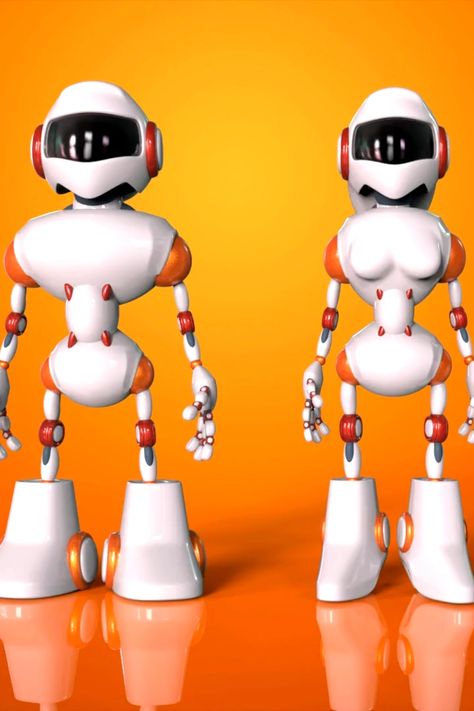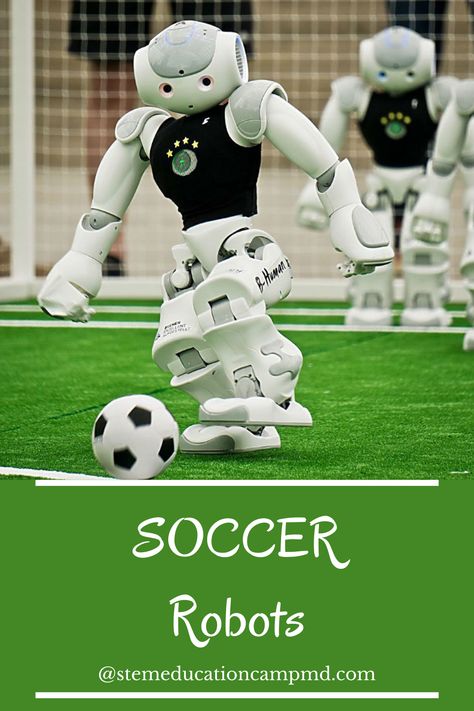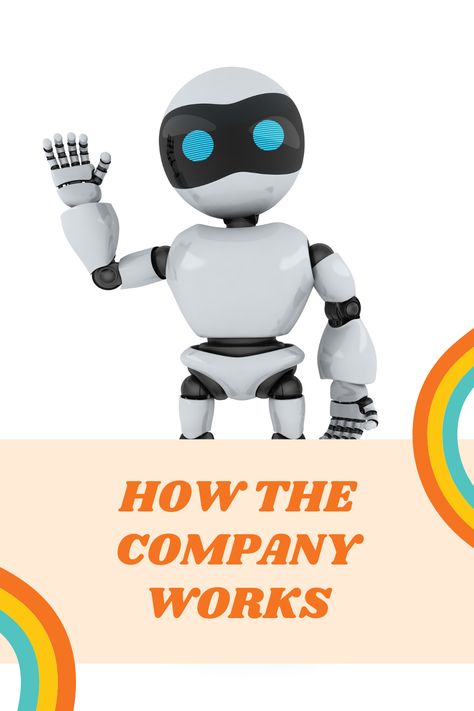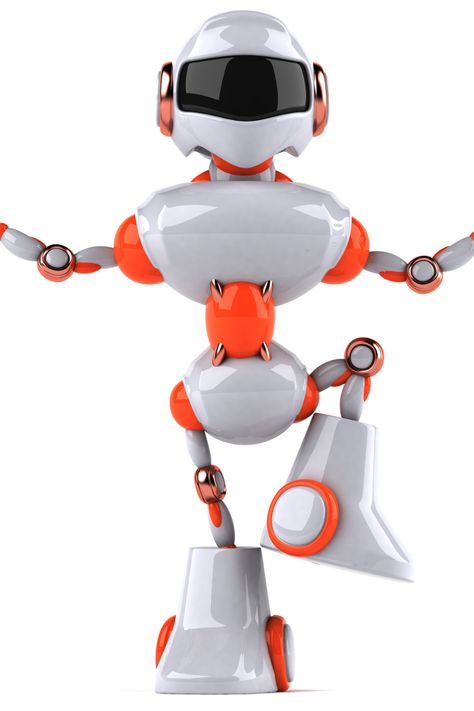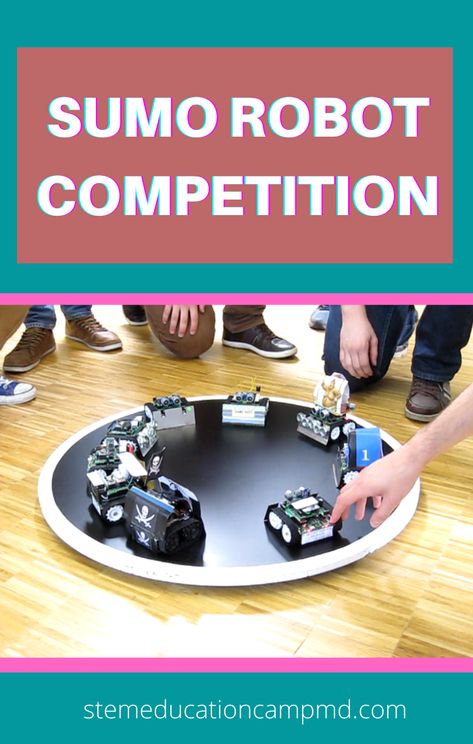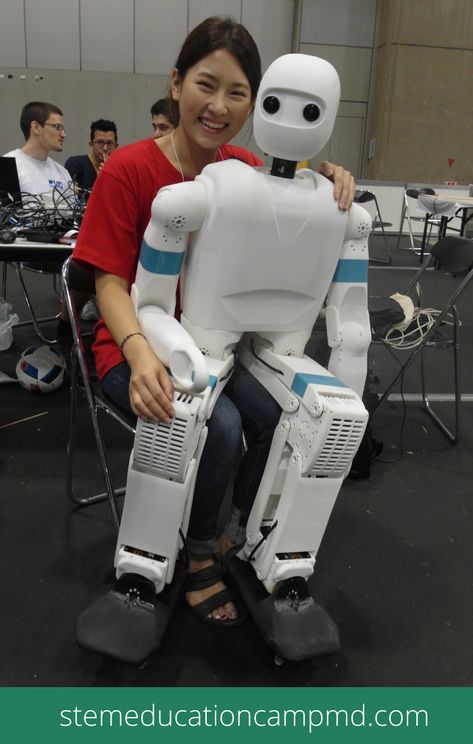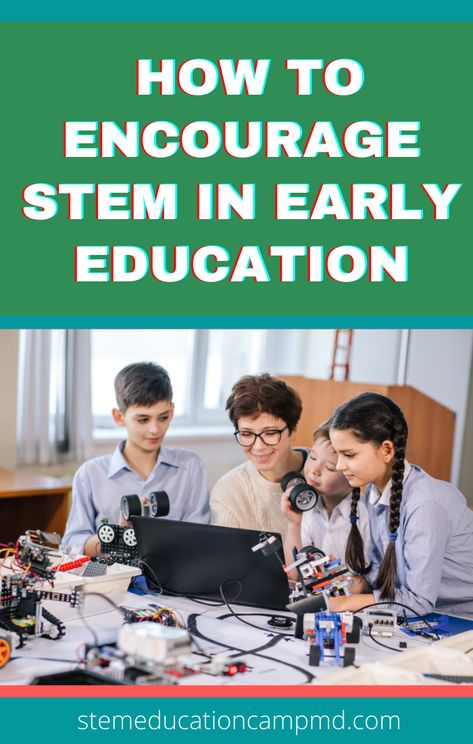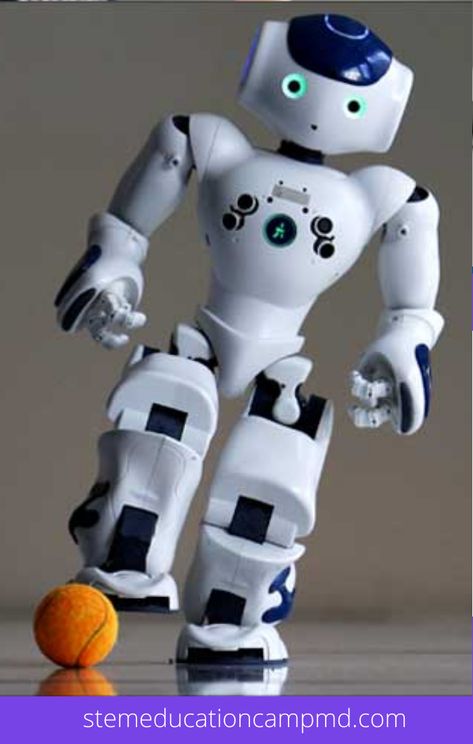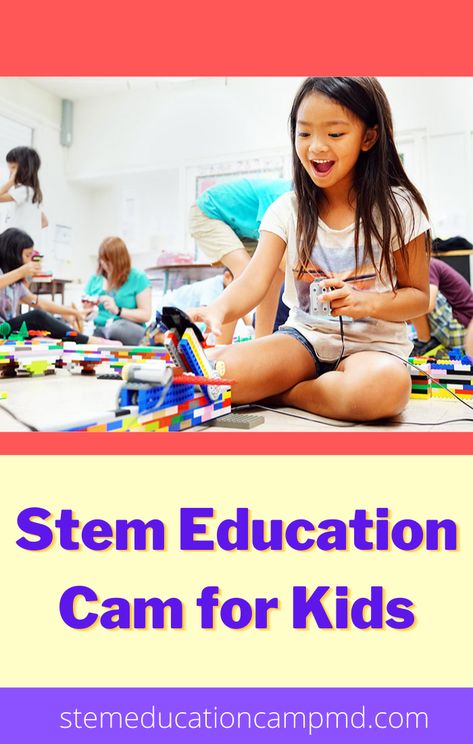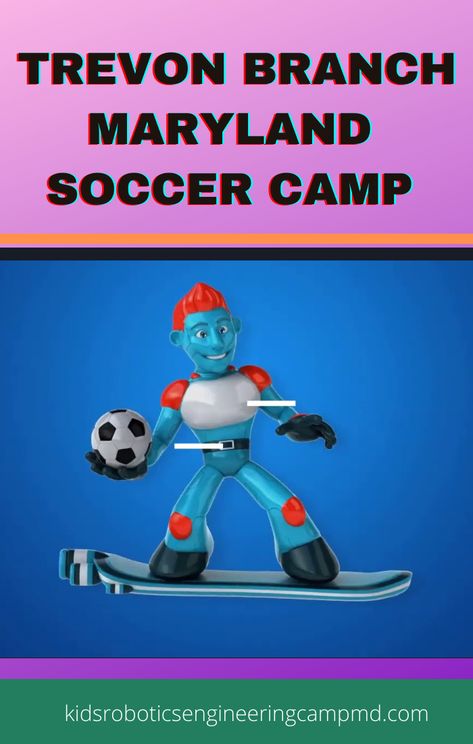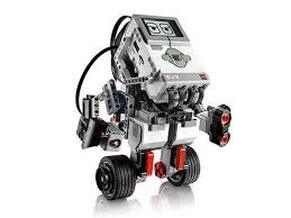Why this camp?
We need to expose children to various STEM activities at a young age so they can decide what might stimulate them academically. Exposing children to enjoyable STEM events will influence them to explore classes in many areas of math, technology, science and engineering. This camp delivers hours of fun educational fun.
Everyone enjoys this camp. Most of the young counselors work without pay because they love engineering and programming. The kids flourish because they receive a lot of devotion from counselors who relish the opportunity to share their knowledge and the exciting technology.
This robotics camp utilizes the engineering design procedures to hypothesize, "strategize", construct, and run robots which will perform a wide assortment of functions.
What is Tetrix Prime
TETRIX PRIME includes plastic and aluminum pieces with structural foundations, connector, gears brackets, hubs and wheels.
Game style, multiple channel wireless controller for simple maneuverability of the motors and servos.
The Sumo thought Process
Campers work in their small group to complete tasks and walk around room to monitor and assist students
Campers problem solve independently and to run trials to test robot performance and make modifications to make the robot better.
Campers have had adequate time to work on building and programming their robot.
Randomly draw names to choose two teams to compete in matches and record on bracket.
Why is spatial awareness important in robotics?
Why is mathematics necessary for programming robots?
How can problem-solving strategies be used to develop and produce technological and programming solutions?
What Happens during Camper Discussion
Campers describe a challenges designing or programming for Sumo.
Campers describe successes experienced in designing or programming for Sumo.
Campers discuss how mass and center of gravity affect performance of robots in the competition?
Campers look at at the top three first round "winners’ robots". They discuss their design and programming and how both aided in their success.
Campers connect to real the world: what tasks would robots perform that would require a lower center of gravity and large mass? (rovers that travel on uneven terrain, robots used to lift heavy objects…)
The Sumo Competition
Robots will start in the middle of the ring facing away from each other
Robots will have one autonomous and remote controlled battles
The winner is the last to remain upright or within the boundaries of the ring
Size restrictions are provided.
Points are awarded.
Each robot will be able to participate in five matches
(Robots can reverse, accelerate, curve turn, detect dark line, detect touch, and use sensor bumper?)
We need to expose children to various STEM activities at a young age so they can decide what might stimulate them academically. Exposing children to enjoyable STEM events will influence them to explore classes in many areas of math, technology, science and engineering. This camp delivers hours of fun educational fun.
Everyone enjoys this camp. Most of the young counselors work without pay because they love engineering and programming. The kids flourish because they receive a lot of devotion from counselors who relish the opportunity to share their knowledge and the exciting technology.
This robotics camp utilizes the engineering design procedures to hypothesize, "strategize", construct, and run robots which will perform a wide assortment of functions.
What is Tetrix Prime
TETRIX PRIME includes plastic and aluminum pieces with structural foundations, connector, gears brackets, hubs and wheels.
Game style, multiple channel wireless controller for simple maneuverability of the motors and servos.
The Sumo thought Process
Campers work in their small group to complete tasks and walk around room to monitor and assist students
Campers problem solve independently and to run trials to test robot performance and make modifications to make the robot better.
Campers have had adequate time to work on building and programming their robot.
Randomly draw names to choose two teams to compete in matches and record on bracket.
Why is spatial awareness important in robotics?
Why is mathematics necessary for programming robots?
How can problem-solving strategies be used to develop and produce technological and programming solutions?
What Happens during Camper Discussion
Campers describe a challenges designing or programming for Sumo.
Campers describe successes experienced in designing or programming for Sumo.
Campers discuss how mass and center of gravity affect performance of robots in the competition?
Campers look at at the top three first round "winners’ robots". They discuss their design and programming and how both aided in their success.
Campers connect to real the world: what tasks would robots perform that would require a lower center of gravity and large mass? (rovers that travel on uneven terrain, robots used to lift heavy objects…)
The Sumo Competition
Robots will start in the middle of the ring facing away from each other
Robots will have one autonomous and remote controlled battles
The winner is the last to remain upright or within the boundaries of the ring
Size restrictions are provided.
Points are awarded.
Each robot will be able to participate in five matches
(Robots can reverse, accelerate, curve turn, detect dark line, detect touch, and use sensor bumper?)
The robots and computer engineers had built a playing facility completely out of LEGO parts. Lego robotic Engineering was the way many young people found their way into the world of teaching. Science teachers, mathematics teachers, and all the STEM fields enjoyed building and creating many different structures in early childhood. They learned to create websites and make videos and spent considerable time in California honing their movie-making skills. When they became older they specialized in coding and wrote programs that allowed TETRIX and more advanced robots to operate using RobotC language. Lego Robotics engineering and robotics programming were part of a new development back in the nineties but this new profession was taking off and every business need computer scientists, coders, computer engineers, and system managers. Everyone needed to have downtime even if they enjoyed their computer programming activities. They took time out to participate in stem camps throughout Potomac Maryland.
So Many Words in Robotics
Some S Words Below:
Some S Words Below:
[Is it} Safe? Kind? Respectful? Productive? – Good guidelines for dealing with kids
in any context.
Scientific method – a way to isolate and record cause and effect. See file
ScientificMethod.
Sensor, sensor feedback – an attachment to acquire specific data from the
environment and send it to or hold it for the robot/computer. LEGO sensors allowed in
FLL competitions are touch sensors, light sensors, and rotation/angle sensors.
Simulation – a mock-up, an imitation situation/environment that can be used to test
some equipment, ideas, or methods. Many engineering disciplines use computer
simulations, which are mathematical descriptions of environments (if I raise this
temperature by 5 degrees, these other 20 variables will be affected in these 20 precise
ways). The 2003 FLL tabletop was a simulation of the Martian environment. The
tabletop itself has been simulated by a mat and a short two-by-four.
Skid plate – a little round piece with a curved surface and four small studs, usually
black, which attaches to the bottom of LEGO bricks and allows a robot to skim along a
surface without catching as many obstructions/edges as a plain brick.
Steering - how to change orientation/direction. Usually achieved by a variety of turns
controlled two independent motors.
Story – see file RobotStory. A planning tool for programmers & brainstormers,
especially those with Verbal-Linguistic- dominant learning style (see Multiple
Intelligences).
Who – the Robot.
What are we going to do? (Robotic Action)
When are we going to do it?
Where are we going to move? (Navigation)
How are we going to move? (Locomotion) How are we going to do our what
(robotic action)?
Why – people supply the why, “Because I said so.”
Stud – the little round button that helps LEGOs stick together.
Subassembly – something put together of several parts which hang together enough
that the whole thing can be handled as a unit, and put into a larger thing. For LEGO
Roboticists, the usual subassemblies are arms, pushers, and other robotic action
devices. During construction phases, there are often wheel subassemblies and the
like, which are put together before being joined to the main robot.
in any context.
Scientific method – a way to isolate and record cause and effect. See file
ScientificMethod.
Sensor, sensor feedback – an attachment to acquire specific data from the
environment and send it to or hold it for the robot/computer. LEGO sensors allowed in
FLL competitions are touch sensors, light sensors, and rotation/angle sensors.
Simulation – a mock-up, an imitation situation/environment that can be used to test
some equipment, ideas, or methods. Many engineering disciplines use computer
simulations, which are mathematical descriptions of environments (if I raise this
temperature by 5 degrees, these other 20 variables will be affected in these 20 precise
ways). The 2003 FLL tabletop was a simulation of the Martian environment. The
tabletop itself has been simulated by a mat and a short two-by-four.
Skid plate – a little round piece with a curved surface and four small studs, usually
black, which attaches to the bottom of LEGO bricks and allows a robot to skim along a
surface without catching as many obstructions/edges as a plain brick.
Steering - how to change orientation/direction. Usually achieved by a variety of turns
controlled two independent motors.
Story – see file RobotStory. A planning tool for programmers & brainstormers,
especially those with Verbal-Linguistic- dominant learning style (see Multiple
Intelligences).
Who – the Robot.
What are we going to do? (Robotic Action)
When are we going to do it?
Where are we going to move? (Navigation)
How are we going to move? (Locomotion) How are we going to do our what
(robotic action)?
Why – people supply the why, “Because I said so.”
Stud – the little round button that helps LEGOs stick together.
Subassembly – something put together of several parts which hang together enough
that the whole thing can be handled as a unit, and put into a larger thing. For LEGO
Roboticists, the usual subassemblies are arms, pushers, and other robotic action
devices. During construction phases, there are often wheel subassemblies and the
like, which are put together before being joined to the main robot.

